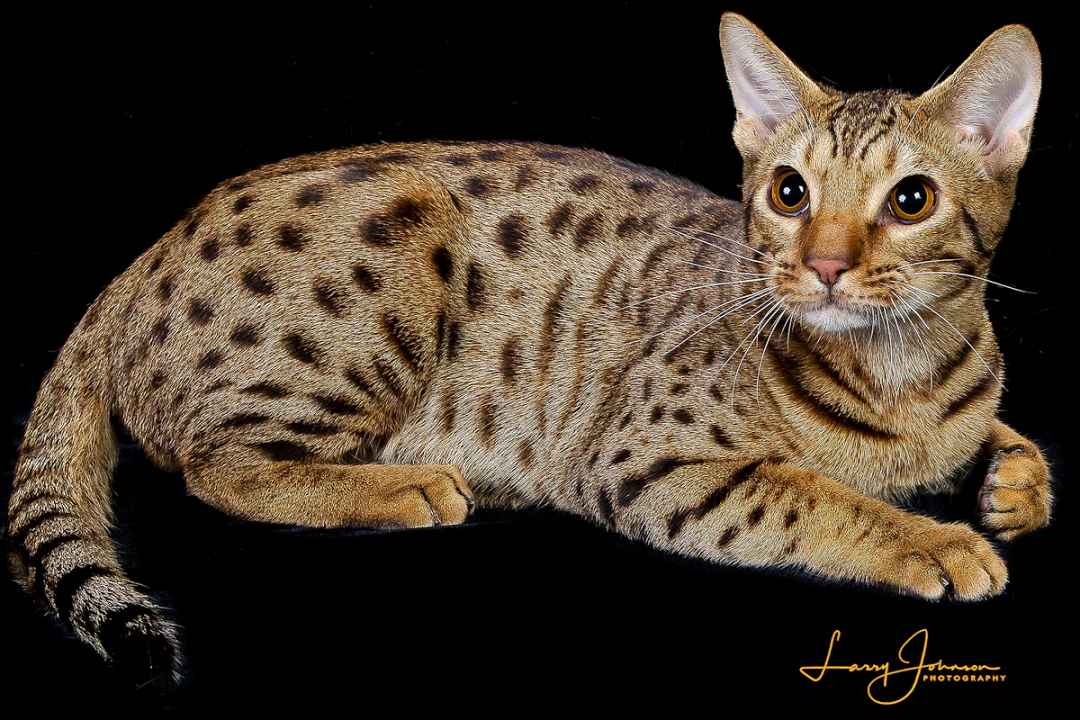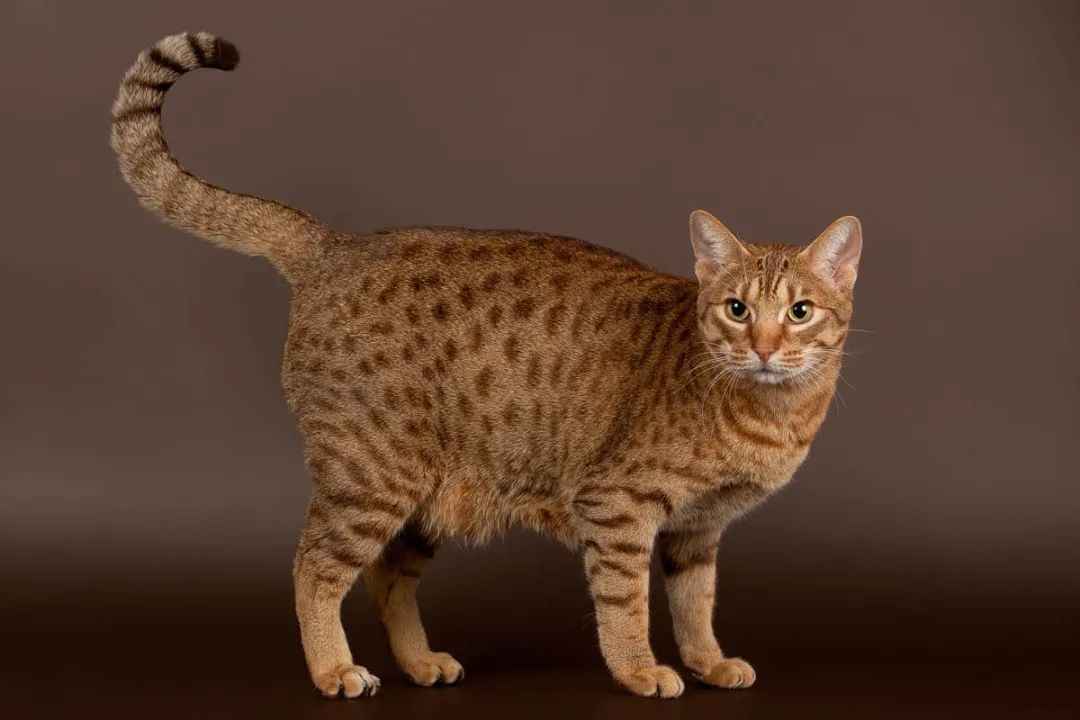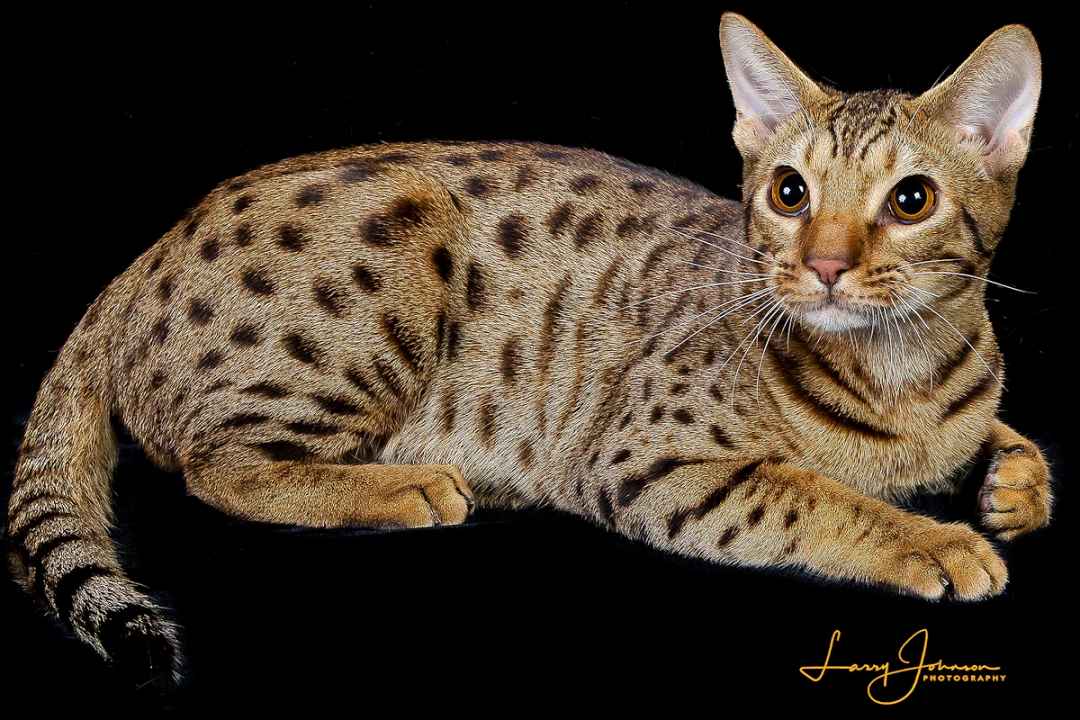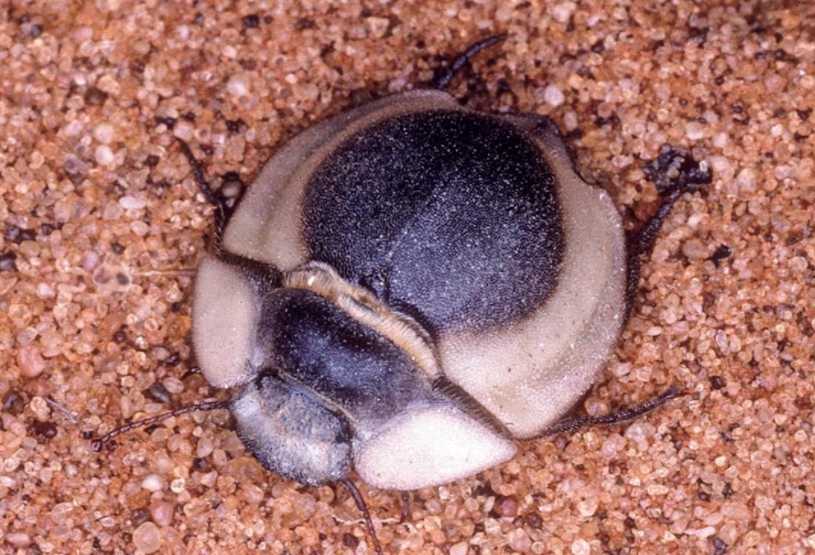
The Ocicat, a striking feline breed celebrated for its wild appearance and affectionate demeanor, has captivated cat lovers worldwide since its creation in the 1960s. Developed by American breeder Virginia Daly through a crossbreeding program involving Siamese, Abyssinian, and American Shorthair cats, this breed was initially intended to mimic the spotted coat of the ocelot, a South American wildcat 35. The result was a domestic cat with a sleek, muscular build, vibrant coat patterns, and a personality that blends the intelligence of Siamese with the playful energy of Abyssinians.

Source: Images from the Internet, if there is any infringement, please contact the removal of
The Ocicat, a striking feline breed celebrated for its wild appearance and affectionate demeanor, has captivated cat lovers worldwide since its creation in the 1960s. Developed by American breeder Virginia Daly through a crossbreeding program involving Siamese, Abyssinian, and American Shorthair cats, this breed was initially intended to mimic the spotted coat of the ocelot, a South American wildcat 35. The result was a domestic cat with a sleek, muscular build, vibrant coat patterns, and a personality that blends the intelligence of Siamese with the playful energy of Abyssinians.
Daly’s groundbreaking breeding experiment began in 1964 when a cinnamon-spotted kitten named Tonga emerged from a pairing of a chocolate-point Siamese male and an Abyssinian female. This unexpected outcome led to a decade-long effort to stabilize the breed’s genetics, with contributions from geneticist Clyde Keeler and breeder Tom Brown. By introducing American Shorthairs, they enhanced the Ocicat’s size and color variety, creating a cat with a distinctive "wild" look without any wild ancestry 36. The breed gained recognition from The International Cat Association (TICA) in 1987 and quickly became a favorite in cat shows for its striking appearance and confident gait.
Ocicats are medium to large-sized cats with a muscular, athletic build. Their short, dense coats feature bold, contrasting spots that cover the entire body, including the legs and tail—a trait unique among domestic breeds. Coat colors range from tawny brown to silver, with each hair displaying a subtle banding effect that gives the fur a shimmering appearance 57. Their almond-shaped eyes, typically gold or green, exude alertness and curiosity, while their triangular heads and large ears add to their exotic appeal.
Source: Images from the Internet, if there is any infringement, please contact the removal of
Despite their wild aesthetic, Ocicats are renowned for their dog-like loyalty and sociability. They thrive on human interaction, often following their owners around the house and even learning to play fetch 68. These cats are highly intelligent and require mental stimulation, making puzzle toys and interactive play essential. While they adapt well to apartment living, they benefit from spacious environments where they can climb and explore.
Health-wise, Ocicats are generally robust with a lifespan of 12–18 years. They have no breed-specific genetic disorders, though regular veterinary checkups and a protein-rich diet are recommended to maintain their active lifestyle 78. Grooming is minimal due to their short fur, requiring only weekly brushing to reduce shedding.
Ocicats remain relatively rare but have a dedicated following among breed enthusiasts. In Europe, breeders like Ocicat Stars in Germany have contributed to the breed’s expansion, producing litters that adhere to strict genetic standards 13. Their popularity is also fueled by their compatibility with families, as they are gentle with children and often get along well with other pets 68.
For those considering adoption, Ocicats are available through reputable breeders or rescue organizations. Their unique blend of beauty and companionship continues to make them a sought-after choice for cat lovers seeking a feline companion with a touch of the wild.







